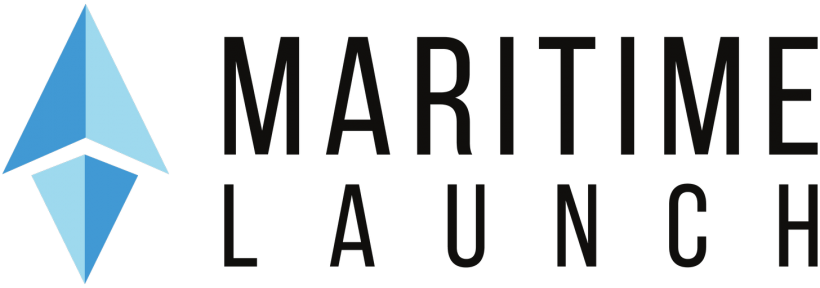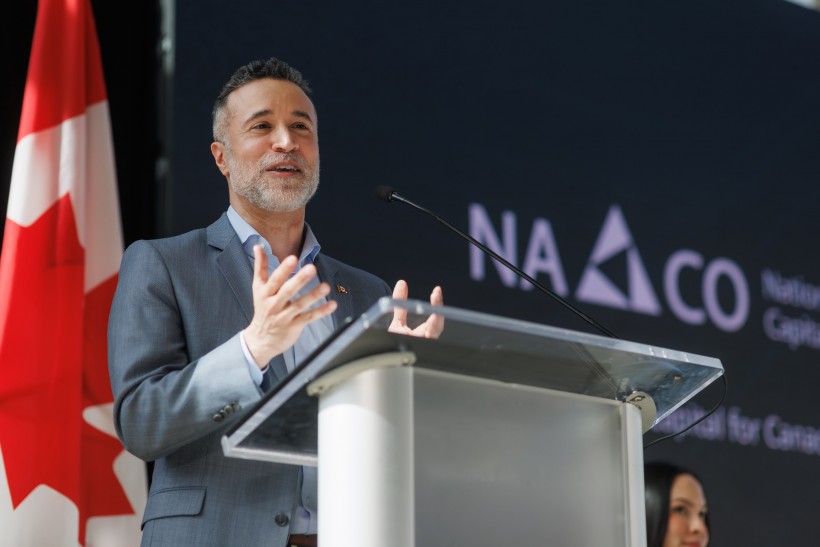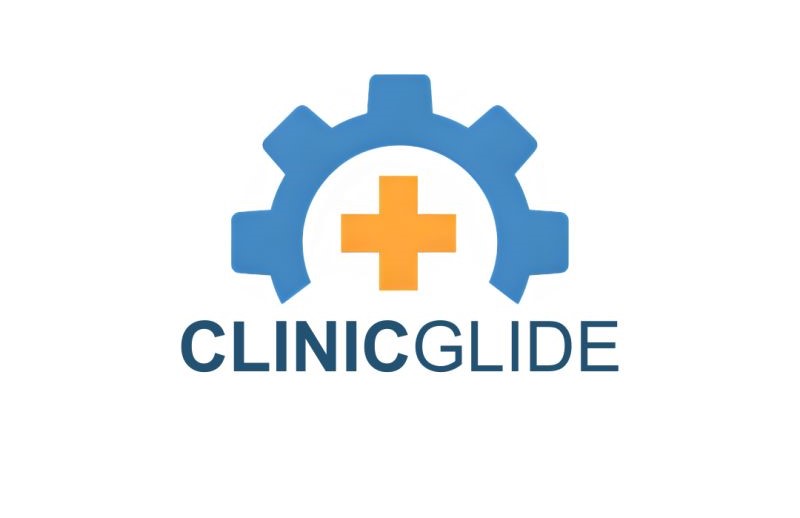Several startups this year have had trouble with the Scientific Research and Experimental Development program, walking away empty-handed from reviews with the Canada Revenue Agency.
So should startup founders even try to tap the program?
Yes, most definitely, say accountants and experts in financing startups.
But they quickly add two provisos. Founders should only apply if they’re in a business conducting bona fide research. And they have to take a few steps to make avoid the problems that have plagued many startups this year.
“Startups should investigate SR&ED because it is a good Year 2 cash flow tool for them,” said Craig Mulcahy, a Partner at BDO. “But they need to go in with their eyes open – especially in software. Just because you make an app, it doesn’t mean you have SR&ED eligibility. You really have to be able to look at the technology.”
So here is what experts advise founders do to avoid problems:
1. Plan Ahead. The first step is not to waste time applying for SR&ED if you obviously don’t deserve it. First of all, go through the CRA assessment tool and talk to CRA to get a quick assessment of whether you should apply. Finally, ask an accountant or SR&ED specialist for a free consultation to see if it’s worth proceeding.
2. Be Realistic. Even if you’re clearly conducting scientific research in your startup, don’t budget for hundreds of thousands of SR&ED dollars with no fall-back plan. Be modest in your expectations and have a solid Plan B. If your budget requires SR&ED funding to pay full-time staff, you may have problems.
3. Remember Your Documentation. Learn about the documentation CRA requires and make sure you produce it throughout the year. Find out NOW what CRA will require and keep the documents current throughout the year.
That third point may be the most important. For a software development venture especially, documenting research may seem like a tedious exercise. But Deloitte Partner Steven Carr said it could pay huge dividends beyond the SR&ED claim.
“Documentation also creates corporate knowledge,” said Carr. If a key developer leaves the company, the documentation should allow others to pick up where the former employee left off and continue with the project. It also can increase the value of the company in an exit because there is a record of developing the intellectual property. “It’s transformative knowledge once it’s written down,” said Carr.
Entrevestor receives financial support from government agencies that support start-up companies in Atlantic Canada. The sponsoring agencies play no role in determining which companies are featured in this column nor do they have the right to review columns before they are published.









